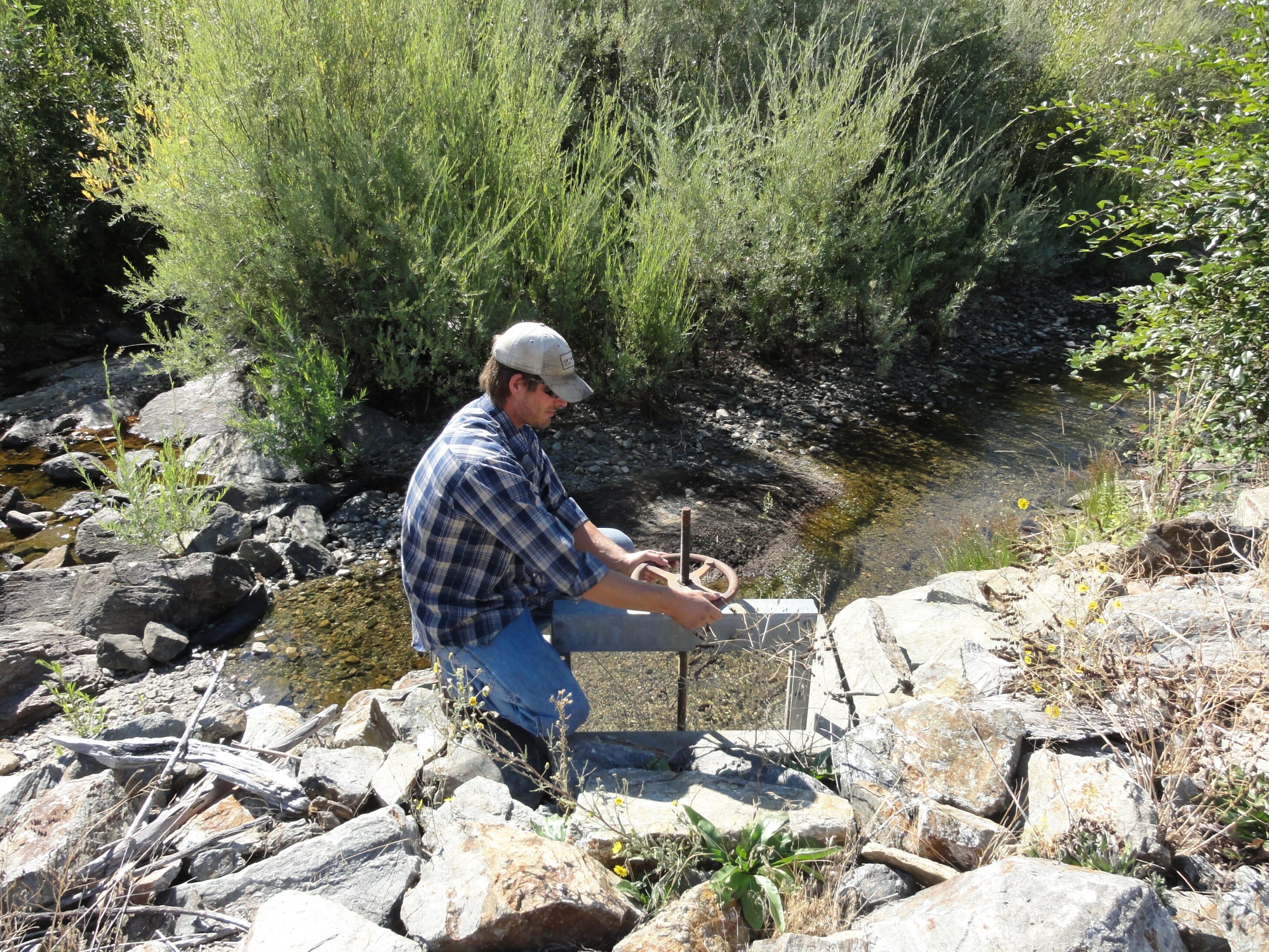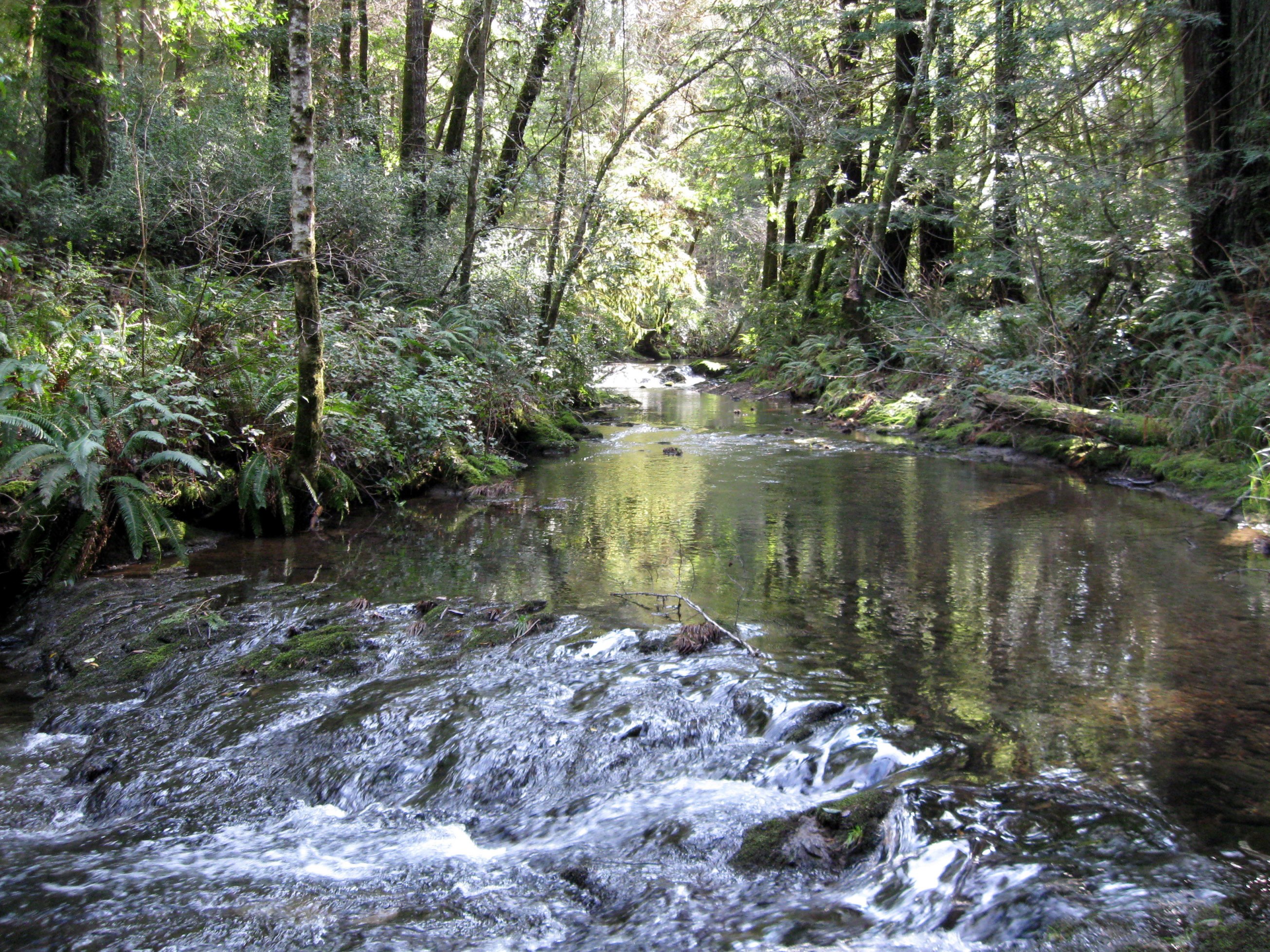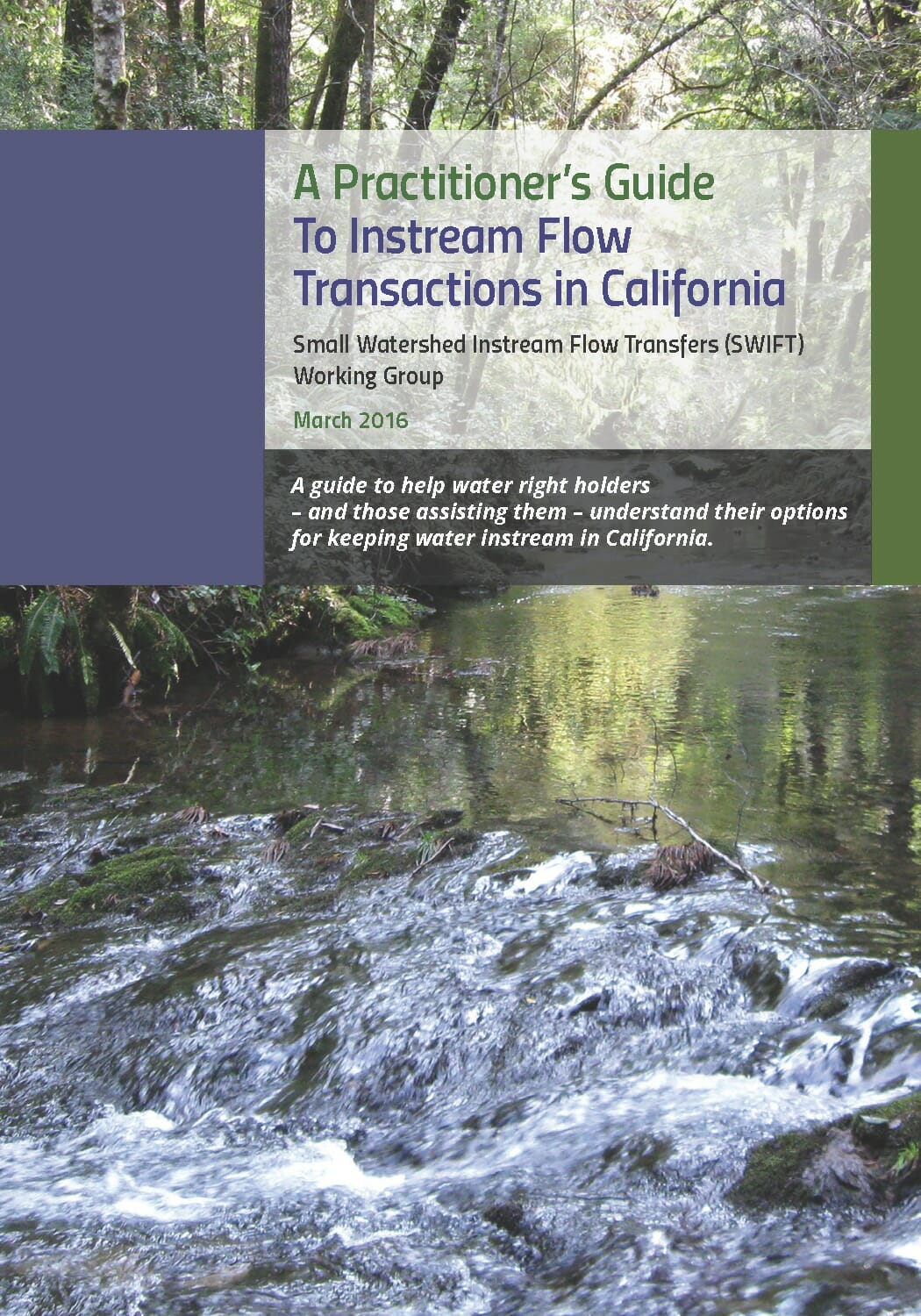New guide helps California water rights holders understand their options for keeping water instream
It’s an axiom of conservation that people often want to do the right thing-but may not know how.
Thus a key strategy in restoring and sustaining cold water fisheries is to help people better understand the ways they can support habitat for salmon, trout and steelhead.
People who own water rights are in a unique position to help restore and sustain stream habitat. State water laws allow water rights holders to utilize all or some of their rights for environmental purposes. But state water laws can be complex, and the process for dedicating water rights to enhance streamflows, for example, can seem obscure.

A working group called SWIFT (Small Watershed Instream Flow Transfer) has come together in California to address this challenge. SWIFT is composed of representatives from The Nature Conservancy, Trout Unlimited, American Rivers, Scott River Water Trust, and Alford Environmental. The group’s primary purpose is “to identify and reduce obstacles to the transfer of existing water rights to instream flow.”
And today, SWIFT released A Practitioner’s Guide to Instream Flow Transactions in California, a one-of-a-kind resource to help willing water rights holders understand their options for keeping water instream.
This guide briefly describes some of the most common types of instream flow transactions (i.e., methods for restoring flow for environmental purposes), and discusses in detail how to navigate the process of completing an instream flow dedication by changing a water right, as permitted by Water Code Section 1707.
Section 1707 enables the State Water Board to approve petitions to change existing water rights for the purposes of preserving or enhancing wetlands, protecting fish and wildlife, and for recreation. Although Section 1707 is lauded as an important tool for protecting and enhancing stream resources, it has been used sparingly-over the past two decades, the State Water Board has processed fewer than 40 petitions for 1707 transfers.

The intended audience for this document includes both water rights holders and practitioners, such as staff for land trusts, water trusts, Resource Conservation Districts (RCDs), and other organizations. This guide provides a description of the change petition process, and offer advice on how to navigate, troubleshoot, and work in partnership with the State Water Resource Control Board and other resource agencies to complete an instream flow dedication.
As drought and climate change continue to degrade stream habitat in many parts of California, it is increasingly important to find ways of supplementing streamflows, particularly during the summer and fall months. The importance of instream transactions, including dedications of water for instream purposes, has been emphasized in the California Water Action Plan (2014), California Water Plan (2013) and the California Drought Contingency Plan (2010), as well as in federal and state salmon and steelhead recovery plans.
Water rights holders can be a lifeline for small streams that are vital for salmon and steelhead. The Practitioner’s Guide will help them to realize this potential.



